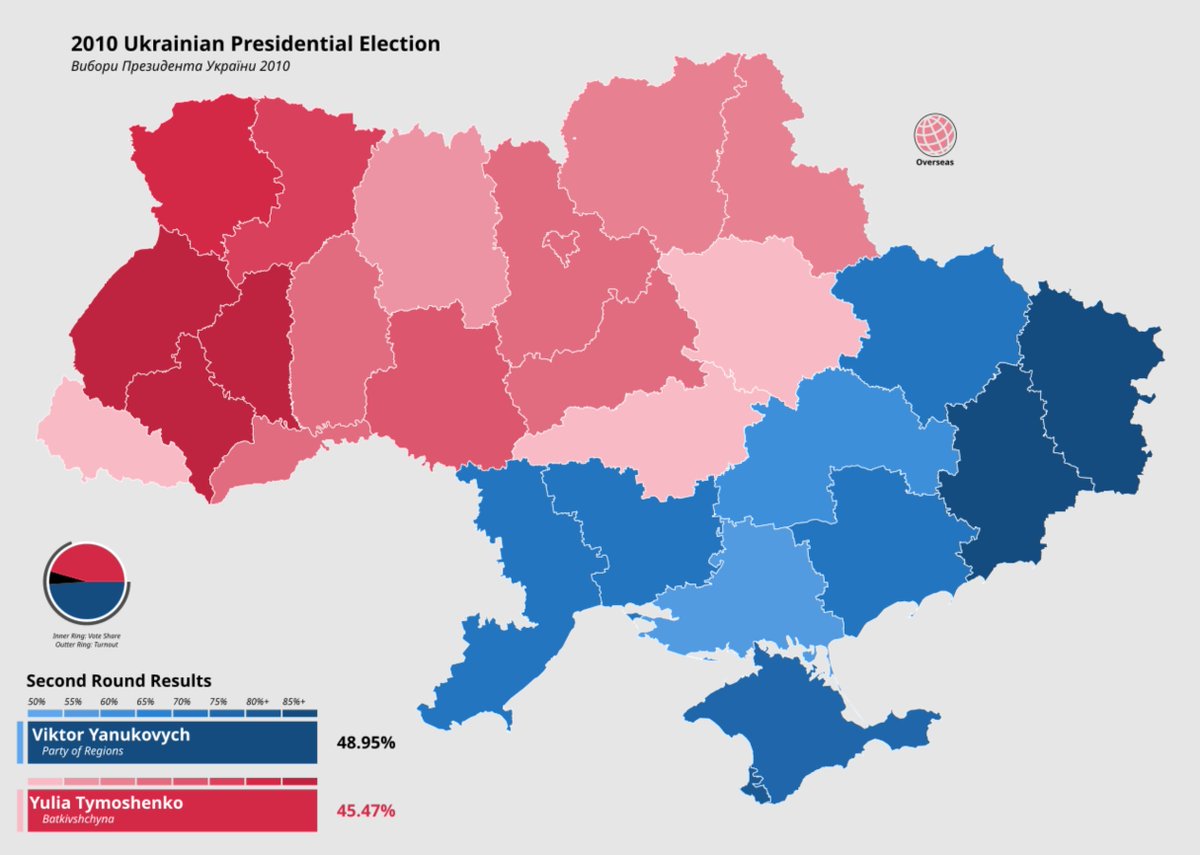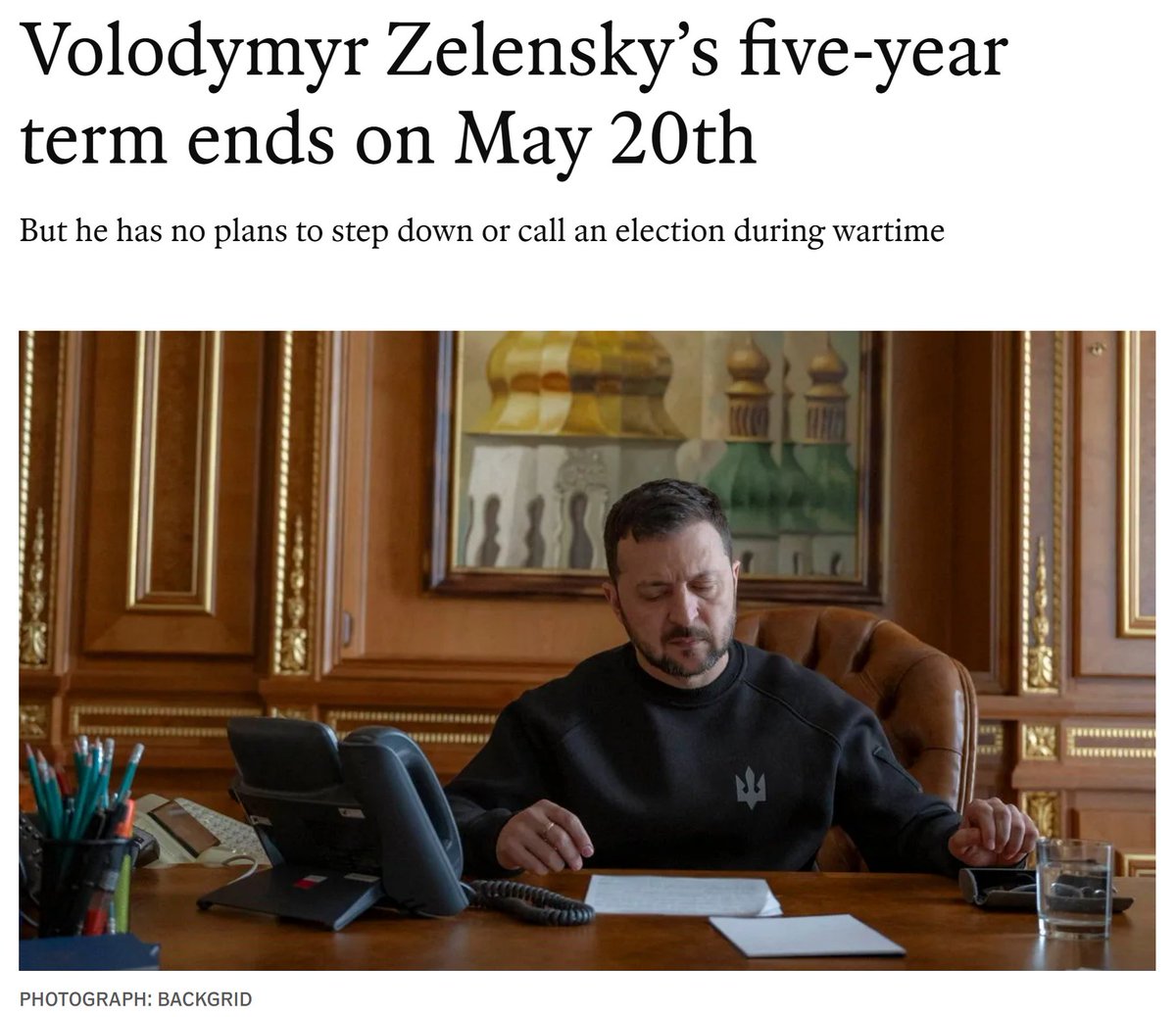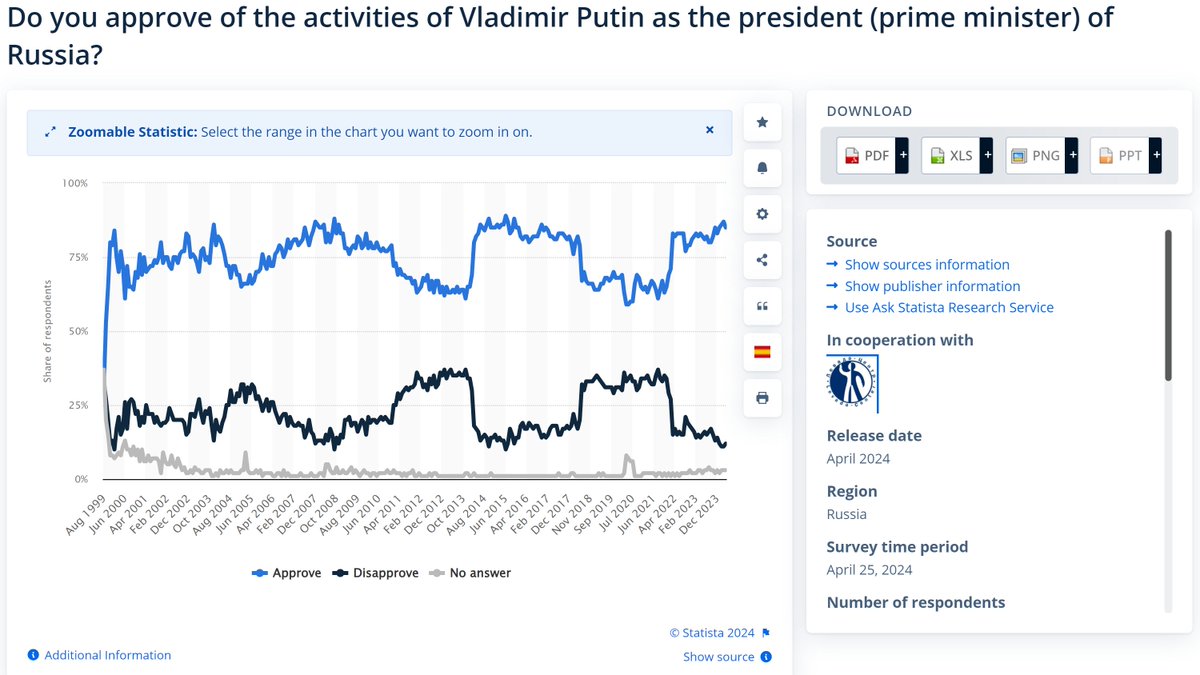Alright team, I owe you guys a thread on battle theory. Let's talk force employment and why no single weapon system is ever going to be a "game-changer" in modern war... at least between opponents who know what they're doing. 

The key to understanding why is grasping the concept of the "empty battlefield," something which emerged in the late 19th century but which truly came into its own during the First World War.




Prior to WWI, armies stood out of the terrain. Soldiers wore bright uniforms, carried standards into battle, and little if any thought was paid to camouflage except by specialized units.
If there was a battle going on, it was usually pretty obvious.


If there was a battle going on, it was usually pretty obvious.


This all changed because the technology of warfare developed to the point that it was possible to kill any enemy that could be seen - and quite quickly.
Armies had to start using cover and concealment to survive, and learn to operate under these new conditions.




Armies had to start using cover and concealment to survive, and learn to operate under these new conditions.




This situation has continued - and developed further - into the modern day. Modern-day troops spend the vast majority of their time hiding. Even while attacking, soldiers and even armored vehicles will dash from cover to cover.








Command posts and logistical operations will be carefully camouflaged, and if possible dug in. They'll move frequently in case they're found anyways. Units will take care to minimize radio traffic to avoid being located by their electromagnetic signatures.




The end result of all of this is the modern "empty battlefield" - a situation where an entire army is folded into the nooks and crannies of the terrain, and the only things visible are the smallest movements, even when that army is on the attack.




What this means is that even with long-ranged, powerful and accurate weapons, most of a modern army cannot be attacked because it cannot be located precisely enough to strike. 

And this is just basic, passive countermeasures. Modern armies also employ extensive active measures - jamming, counterbattery sensors, and air defenses, as well as survivability measures like armor and entrenchments.








As such even the highest-performance weapons struggle to find targets, their launchers can be located and destroyed, and the munitions themselves may be ineffective on impact - or even shot down en route! 

So where does this notion of military "game-changers" come from? Well, one is wishful thinking by bad analysts. The other is from observing wars between incompetent armies.
(charge of the Light Brigade pictured so I don't offend anyone too badly)
(charge of the Light Brigade pictured so I don't offend anyone too badly)

If military forces can't implement the "modern system" of war competently - let's say they're rolling around with flags flying, leaving their vehicles in the open, not using adequate air defenses, or use unsecure communications - then they can be struck at will by modern weapons.








As such if you have two incompetent armies squaring off, the technical capabilities of weapon systems become very important because they're being used at proving-ground effectiveness. Thus some fancy new missile or cannon can actually be a game-changer.




But if everyone knows what they're doing, the technical capabilities of weapons actually become much less important. We've seen this in Ukraine, with the endless parade of Western hardware delivering little in the way of battlefield results. /end




Addendum: If you want to read this same theory at immensely greater length and detail, check out Military Power by Stephen Biddle.
amazon.com/Military-Power…
amazon.com/Military-Power…
• • •
Missing some Tweet in this thread? You can try to
force a refresh
























